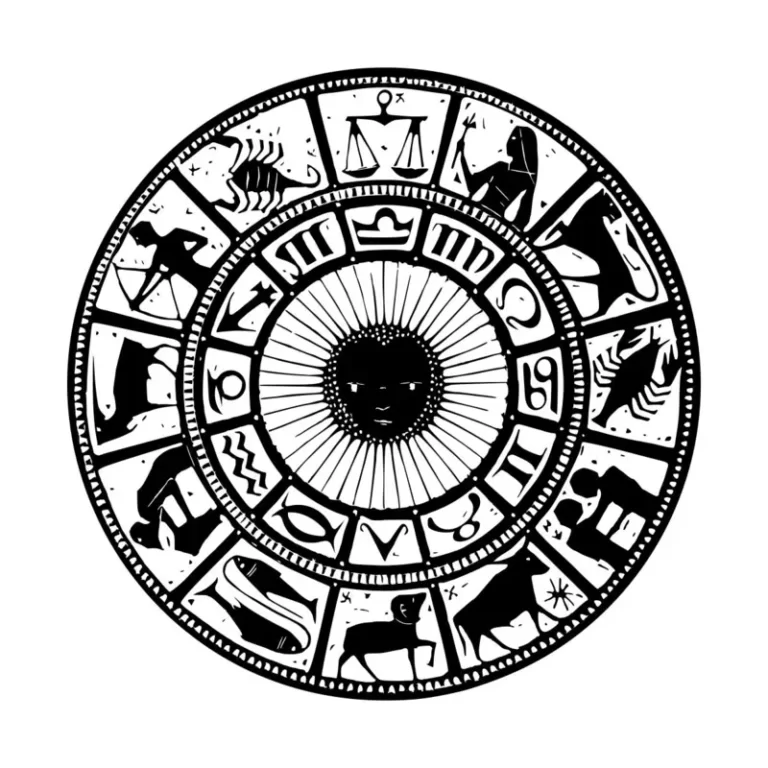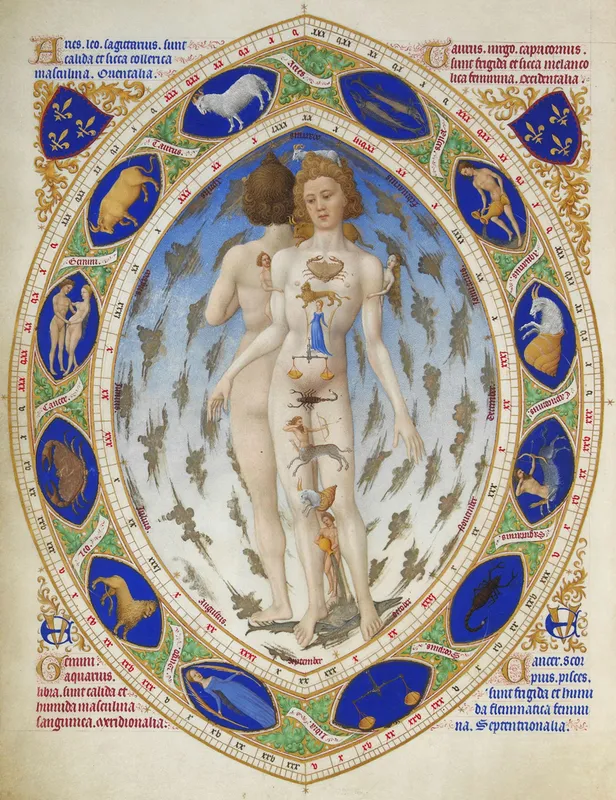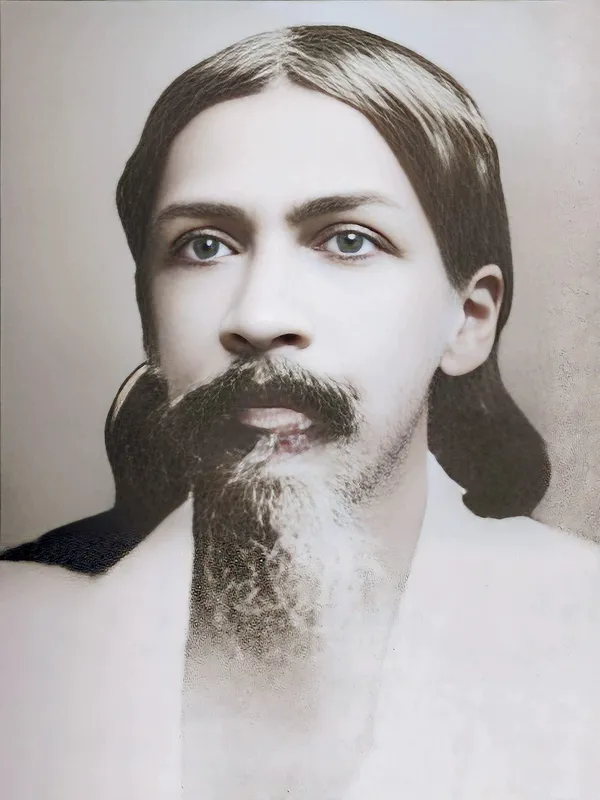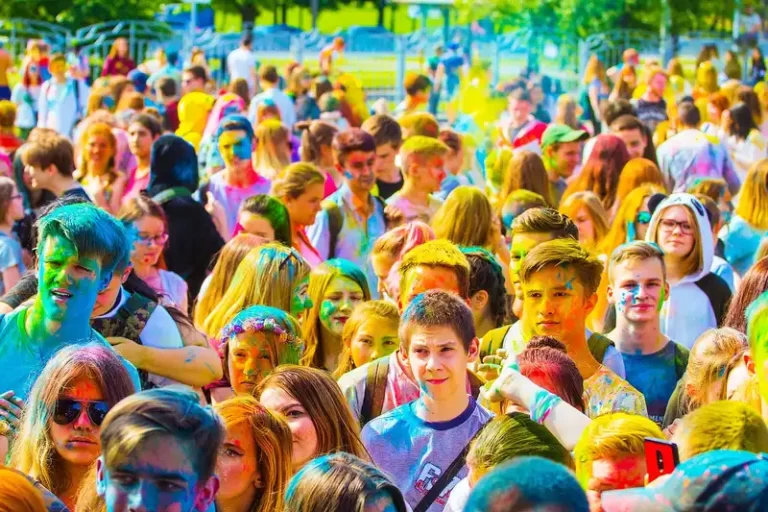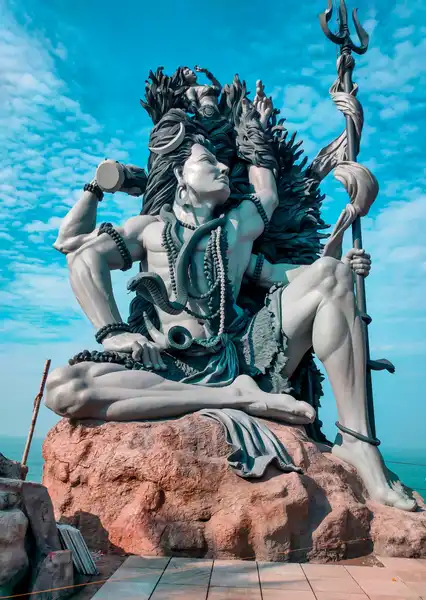Shivratri: Embracing Devotion and Transformation on Lord Shiva’s Night
Introduction to Shivratri:
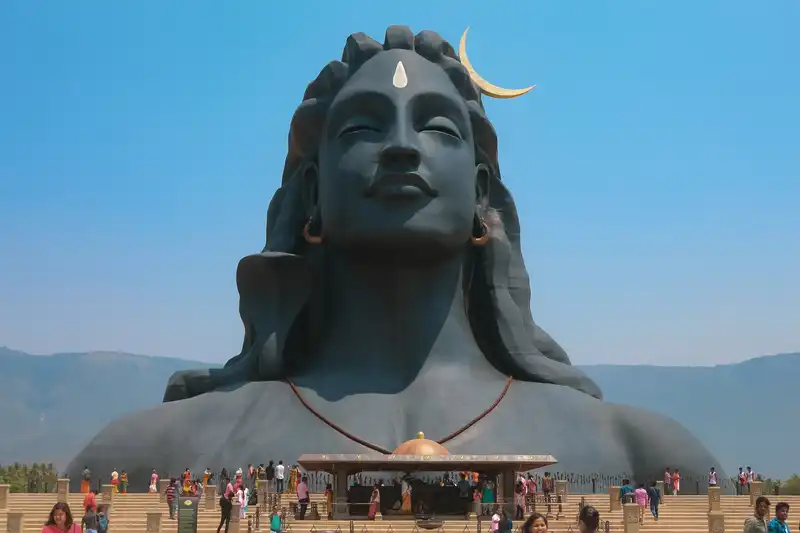
Amidst the myriad of luminous Hindu festivals, Shivratri stands out with its unique and profound reverence. It transforms into a spiritual journey, a passionate homage to Lord Shiva – the cosmic dancer and conqueror of ignorance. As the moon bathes the night in its ethereal glow, devotees engage in rituals, prayers, and meditation. Fasting and vigil symbolize an inner awakening, where obscurity gives way to the radiant illumination of knowledge and self-awareness.
The significance of Shivratri extends far beyond geographical boundaries, resonating not only within India but across the global landscape. It transcends physical limits, uniting a diverse tapestry of cultures in the name of spiritual devotion. The festival’s popularity has led to its observance in nations with significant Hindu diasporas, where communities come together to perform rituals, share traditional cuisine, and participate in cultural festivities. Much like the Ganges river flows through the fabric of Hinduism, Shivratri’s essence binds people in the worship of the divine, fostering a sense of unity and camaraderie.
Understanding Shivratri:
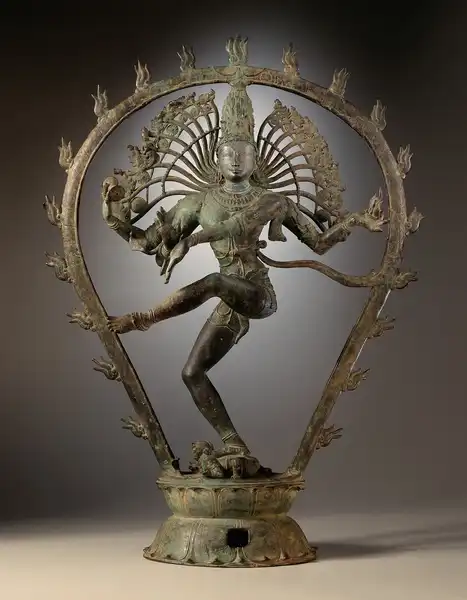
The term “Shivratri” derives its essence from the fusion of “Shiva” and “ratri,” where “Shiva” represents the Hindu deity of transformation and destruction, and “ratri” signifies “night.” Essentially, Shivratri encapsulates the profound concept of the “Night of Shiva.” This sacred occasion witnesses adherents immersing themselves in devotion, meditation, and spiritual pursuits throughout the night, aiming to establish a connection with the divine essence embodied by Lord Shiva.
The decision to observe Shivratri during the nocturnal hours holds both symbolic and spiritual significance. The night, often symbolic of obscurity and ignorance, serves as the backdrop against which Lord Shiva’s transformative power shines. Choosing to celebrate during the dark phase (Krishna Paksha) of the month adds depth to this symbolism. Similar to the waning moon casting shadows upon the world, participants engage in rituals and prayers to seek inner illumination and spiritual enlightenment.
The vigil maintained throughout the night symbolizes the devotee’s readiness to confront their inner shadows and pursue enlightenment amidst life’s uncertainties. Lord Shiva’s dual role as both destroyer and transformer assumes a twofold significance in this context. The festival encourages individuals to let go of ego, attachments, and constraints, allowing personal transformation and growth. By opting for the nocturnal hours, when the world is at rest, Shivratri conveys the message that the journey towards self-realization often requires a retreat from daily distractions, delving into realms of introspection and meditation.
The Spiritual Essence of Shiva:
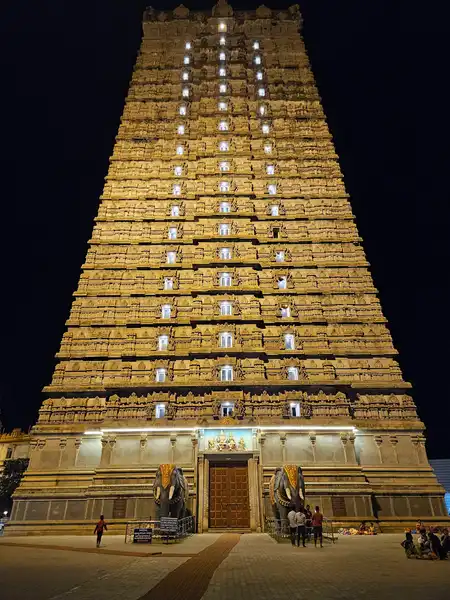
At the heart of Hinduism’s divine trinity, Lord Shiva embodies a rich array of symbols and attributes that deeply resonate with the human experience. His unadorned body, covered in ash, symbolizes the fleeting nature of the material world and the essence of spiritual truth. The crescent moon adorning his hair reflects the cyclic passage of time, while his third eye represents inner insight and spiritual wisdom. Adorned with serpentine ornaments, he evokes the coiled energy of Kundalini, symbolizing spiritual awakening. His trident serves as a powerful symbol of creation, preservation, and dissolution, vividly portraying his role as the cosmic dance of existence itself.
Shiva’s most compelling aspect lies in his embodiment of the cosmic forces of destruction and transformation. This duality is not malevolent but rather an integral part of the ongoing cosmic cycle. Like old leaves making way for new growth, Shiva’s dance of destruction clears the path for rejuvenation. He annihilates to create space for new beginnings, erasing the outdated to facilitate evolution. This cosmic choreography reflects the continuous transformation underlying existence and serves as a poignant reminder that endings are gateways to new beginnings.
As the epitome of a yogi and divine ascetic, Lord Shiva embodies the quest for spiritual realization and self-mastery. His meditative posture amid life’s chaos underscores his ability to remain centered and detached while fully engaged in the complexities of existence. His tangled hair signifies detachment from worldly ties, while his ash-covered form represents transcendence beyond material desires.
Significance of Shivratri:
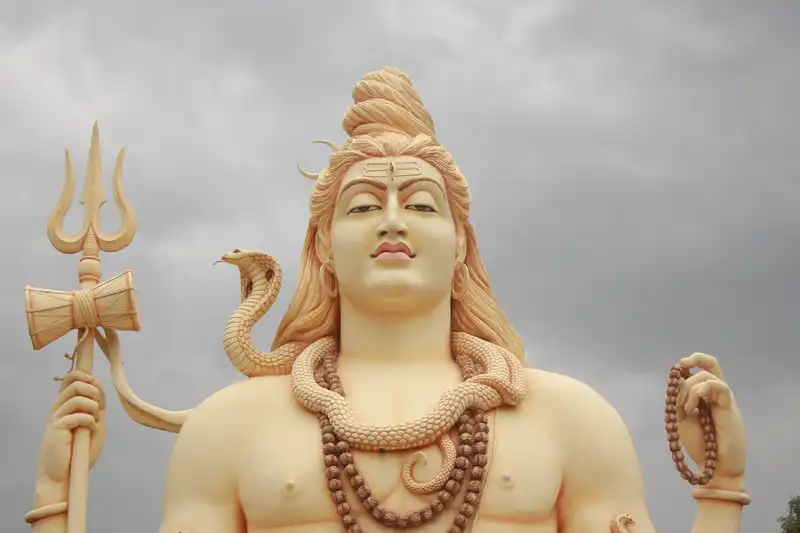
Shivratri, the sacred “Night of Shiva,” carries profound spiritual significance, resonating deeply within the hearts and minds of devotees. It symbolizes a journey from darkness to enlightenment, mirroring humanity’s quest for inner transformation and spiritual illumination. The night-long vigil and fervent acts of devotion on Shivratri reflect the devotee’s commitment to transcend material limitations and explore the depths of consciousness. It serves as a reminder that amidst life’s turmoil, there exists a realm for introspection, meditation, and communion with the divine.
During Shivratri, adherents immerse themselves in rituals, fasting, and meditation, seeking blessings, forgiveness, and spiritual growth. The profound energy of the night is believed to enhance the efficacy of prayers, allowing devotees to establish a closer connection with Lord Shiva. The quest for his blessings goes beyond material gains; it is a yearning for spiritual guidance and protection on the path of righteousness.
A fundamental belief associated with Shivratri is its potential to cleanse negative karma, the accumulated consequences of past actions. Devotees view this auspicious night as an opportunity to dissolve the karmic burdens that hinder their spiritual progress. By engaging in devout worship, prayer, and meditation on Shivratri, they aim to free themselves from the cycle of causality, thus expediting their spiritual journey.
At its essence, Shivratri mirrors the cycle of destruction and creation, echoing the grand cosmic dance of Lord Shiva. Devotees participate in this celestial dance through their rituals, symbolically erasing their past mistakes and making space for spiritual renewal. As the night unfolds, their hearts open to the transformative power of devotion, forgiveness, and self-awareness, aligning them with the timeless rhythm of the cosmos.
Types of Shivratri:

Within the tapestry of Shivratri celebrations, two distinct melodies emerge: Maha Shivaratri, the splendid annual festival, and the monthly echoes of Shivaratri observances. These dual aspects embody the devotees’ longing for spiritual communion with Lord Shiva, each carrying its own unique essence and rituals.
Maha Shivaratri, often acclaimed as the “Great Night of Shiva,” stands as the pinnacle of devotion and spiritual fervor. This annual festival unfolds on the 14th night of the waning moon in the month of Phalguna, typically in February or March. On this night, cosmic energies are believed to be exceptionally potent, amplifying the impact of prayers and practices. Devotees observe strict fasting, engage in meditation, and offer worship, remaining vigilant throughout the night to honor Lord Shiva’s divine cosmic dance and seek his blessings for spiritual transformation.
In addition to Maha Shivaratri, devotees also immerse themselves in monthly Shivaratri rituals, occurring on the 14th night of the waning moon in each lunar month. While these monthly observances may be less elaborate than Maha Shivaratri, they carry regional nuances and customs. These rituals provide a more intimate and accessible means for devotees to maintain an unbroken connection with Lord Shiva throughout the year.
Rituals and Celebrations:
At the heart of Shivratri lies the practice of fasting, where devotees abstain from both food and, at times, water. Beyond being a physical restraint, fasting symbolizes the devotee’s willingness to detach from worldly desires and direct their focus towards the spiritual realm. It represents a symbolic inward journey, allowing individuals to purify both their bodies and minds, preparing them to receive the divine energy of Lord Shiva.
Participating in a ritual bath in sacred rivers, preferably before dawn, carries profound significance during Shivratri. Immersing oneself in these holy waters serves to cleanse both the body and the soul. Just as the river’s currents purify physical impurities, devotees ritually release emotional and spiritual burdens. This purification ritual readies them for the auspicious night ahead, marking a fresh beginning on their spiritual quest.
Abhishekam: The Ritual Bath:
Abhishekam, the ritual bath, assumes a central role in the panorama of Shivratri celebrations, emerging as a potent manifestation of devotion, reverence, and purification. This sacred practice revolves around the act of pouring a variety of sanctified substances over the lingam, the abstract representation of Lord Shiva. This action serves as a conduit for invoking divine blessings and connecting with the profound transformative energies embodied by Lord Shiva.
During Shivratri’s abhishekam, devotees pour a diverse assortment of sacred materials over the lingam. These materials include milk, honey, water, yogurt, ghee (clarified butter), and even holy ash. Each substance carries its own symbolism and essence. Milk symbolizes purity, sustenance, and the nurturing aspect of the divine. Honey embodies sweetness and the comforting embrace of spiritual insight. Water represents the flow of life and the purifying force of transformation. Yogurt epitomizes auspiciousness and contentment, while ghee signifies the removal of ignorance and the ignition of enlightenment.
The act of pouring these sacred elements during abhishekam encompasses a multi-dimensional process of purification, traversing both the physical and spiritual realms. The lingam, a symbol of Lord Shiva’s formless and transcendent essence, becomes the focal point of this sanctifying energy.
On a physical level, the substances used in abhishekam are believed to cleanse the lingam of impurities and negative energies, restoring its divine radiance. Symbolically, the act of pouring these substances reflects the devotee’s readiness to purify themselves of impurities and ego-driven tendencies. The flowing substances symbolize the devotee’s aspiration to release material attachments, opening themselves to the transformative forces emanating from Lord Shiva.
Furthermore, abhishekam underscores the sacred principle of unity between the microcosm (the individual) and the macrocosm (the divine). As the sacred elements cascade over the lingam, they signify the devotee’s union with the divine energy, facilitating a transformative communion. This process mirrors the cyclical rhythm of existence, where old patterns dissolve to make way for new growth.
Night Vigil and Meditation:
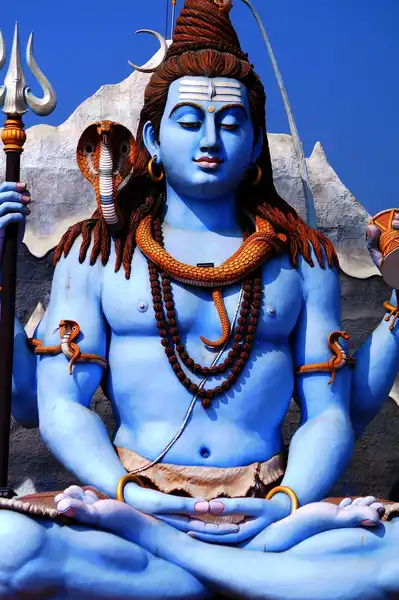
The practice of remaining awake throughout the night on Shivratri embodies a profound belief that this auspicious occasion serves as a gateway to spiritual transformation and communion with the divine. This vigil stands as a testament to the devotee’s unwavering commitment to transcend the ordinary rhythms of daily life, immersing themselves in meditation, introspection, and devotion as the night unfolds.
Central to this night’s observance are meditation, chants, and devotional singing, acting as vessels that guide devotees on a journey of spiritual depth and connection. Meditation quiets the mind, creating a space for inner reflection and contemplation. It enables the devotees to redirect their focus inward, away from the noise of the external world, and open themselves to the presence of Lord Shiva’s divine essence.
The chanting of sacred mantras and hymns resonates with the vibrational fabric of the cosmos, establishing a harmonious atmosphere that transcends the limitations of language. These sonic vibrations serve as bridges between the physical and spiritual realms, facilitating the fusion of the devotee’s consciousness with the cosmic pulse. Whether practiced in solitude or as part of a collective, devotional singing invokes a profound sense of connection and emotional surrender, dissolving the barriers between the individual and the divine.
The vigil of staying awake, punctuated by meditation, chanting, and devotional singing, deepens the devotee’s connection with Lord Shiva’s transformative essence. The night of Shivratri is believed to vibrate with elevated spiritual frequencies, making it an opportune moment for engaging in practices that surpass ordinary awareness and invoke the sacred realm. As the night progresses, the boundaries between self and divinity blur, and the devotee encounters an experience of unity with Lord Shiva’s cosmic dance of creation and dissolution.
Furthermore, the act of vigil symbolizes the devotee’s determination to free themselves from the grip of ignorance and darkness, mirroring Lord Shiva’s cosmic dance that dismantles the illusions of the world. By immersing themselves in meditation, chanting, and singing, devotees create an environment conducive to the infusion of divine energy and the ignition of spiritual enlightenment within their hearts.
Cultural and Regional Variations:
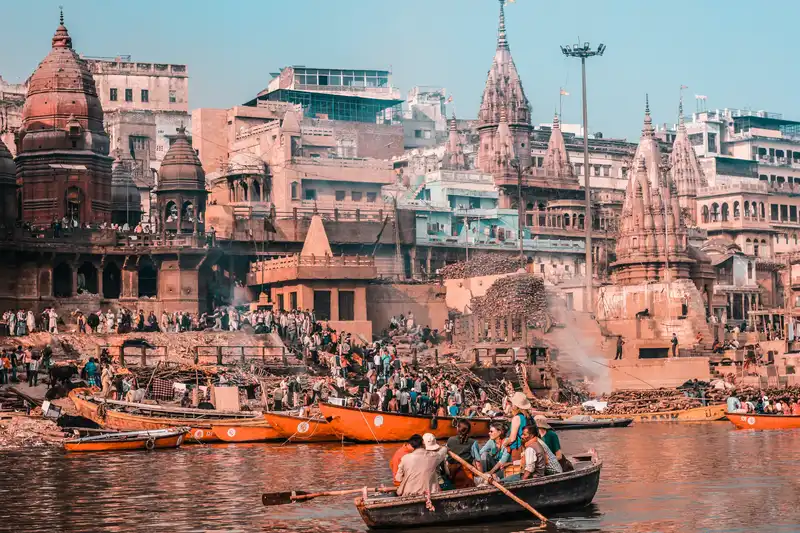
Distinctive customs and celebrations intricately weave together the tapestry of Shivratri. In North India, particularly in places like Varanasi and Haridwar, devotees gather along the banks of the Ganges River for midnight ceremonies illuminated by countless lamps floating on the water. Processions adorned with idols and depictions of Shiva grace the streets, accompanied by devotional music and dances.
The southern regions of India feature a notable custom of offering “bilva” leaves to Lord Shiva’s lingam, symbolizing the devotee’s surrender of ego and attachment. In certain communities, young girls dress as goddess Parvati, seeking blessings for prosperous married lives. In the western state of Gujarat, bonfires are kindled, tandava dances (Shiva’s cosmic dance) enliven the scene, and the vibrant “bhavai” folk art takes center stage.
Local customs play a significant role in shaping the observance of Shivratri. The cultural nuances and historical contexts of each region influence how the festival is expressed. The Himalayan region of Kashmir, for example, showcases grand Shivratri rituals at the revered Shankaracharya Temple. In contrast, Chhattisgarh’s tribal communities honor Shiva through the Hareli festival, marked by tree planting and reverence for nature.
Nepal’s Pashupatinath Temple hosts an enthusiastic Shivratri celebration, attracting devotees from both Nepal and India. The temple resonates with prayers, rituals, and processions.
While these celebrations vary in terms of customs, parades, and festivities, a common thread of devotion to Lord Shiva unites them. The diverse expressions of spirituality underscore the unity that lies within cultural diversity. Shivratri acts as a unifying force that transcends regional divisions, reminding us that amid diverse practices, the essence of devotion remains universal.
Legends and Mythology:
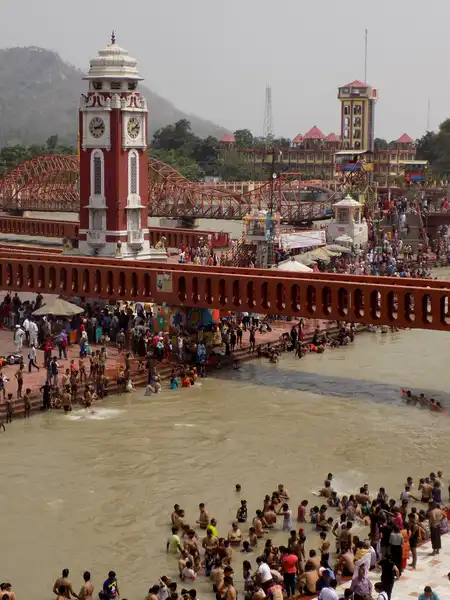
Shivratri is enriched with narratives and legends that unveil its origin and significance, imparting profound spiritual and moral insights to guide devotees on their journey of devotion and self-realization.
One prominent myth interwoven with Shivratri is the tale of the “Samudra Manthan,” or Churning of the Ocean. According to Hindu mythology, as gods and demons churned the ocean in pursuit of the nectar of immortality (amrita), a deadly poison emerged first. This poison posed a grave threat to existence, but Lord Shiva, out of compassion, consumed it to safeguard creation. To mitigate the poison’s effects, Goddess Parvati clasped his throat, granting him a blue hue and the epithet “Neelkanth” (blue-throated). Shivratri commemorates Lord Shiva’s selfless act of consuming poison for the welfare of the cosmos.
Another captivating narrative revolves around the celestial union of Lord Shiva and Goddess Parvati. It is believed that Parvati engaged in profound penance and devotion to win Shiva’s heart. Touched by her unwavering dedication, Shiva eventually accepted her as his consort. Shivratri marks their divine union, symbolizing the merging of the individual soul with the divine.
Furthermore, these stories underscore that life’s journey is fraught with obstacles and challenges. Just as Lord Shiva transformed poison into a blessing, devotees are encouraged to confront life’s trials with resilience, trusting that through devotion and surrender, they can overcome difficulties and achieve inner transformation.
Modern Relevance and Global Celebration:

In the ever-evolving modern era, Shivratri stands as an unwavering beacon of timeless wisdom and significance, providing spiritual seekers with a refuge amid the turbulent currents of daily life. Amid changing societal norms and the rapid pace of technological advancement, the essence of Shivratri maintains its relevance, offering comfort, guidance, and a gentle reminder of our spiritual essence.
Shivratri’s embrace extends beyond its origins in India, reaching across geographical and cultural boundaries. Hindu communities worldwide come together in reverence, spreading the essence of the festival to the farthest corners of the globe. From North America to Europe, Africa to Asia, devotees gather to celebrate Shivratri, participating in rituals, prayers, and meditations to align with the divine energy of Lord Shiva.
Conclusion:
Shivratri, a cherished festival in Hindu devotion, encapsulates the profound essence of spiritual transformation. As devotees engage in rituals, meditation, and prayer throughout the night, they transcend the boundaries of the material world, establishing a connection with the divine energy of Lord Shiva. This sacred night serves as a conduit for inner awakening, mirroring the cyclical rhythm of life where darkness gives way to illumination and ignorance transforms into enlightenment.
The significance of Shivratri lies in its ability to ignite personal transformation through communion with Lord Shiva’s cosmic essence. The rituals, fasting, and meditation practices create a space for devotees to release ego-driven attachments and purify their hearts and minds. Just as Lord Shiva’s dance of destruction clears the path for creation, engaging with his energy on this night empowers us to dissolve past limitations and embrace new beginnings.
I aspire for this article to provide you with assistance. Should you discover value within these words, kindly contemplate sharing them with your loved ones. I invite you to spare a moment to offer your thoughts and appraisals below. For further remarkable content akin to this, I encourage you to delve into our website. Additionally, I extend an invitation to subscribe to my YouTube channel for forthcoming materials of similar nature. Lastly, feel unrestrained to establish a connection with me through social media. Wishing you a splendid day ahead!
हरि ॐ तत्सत्
FAQs:
Here are some frequently asked questions (FAQs) regarding the Shivratri:


